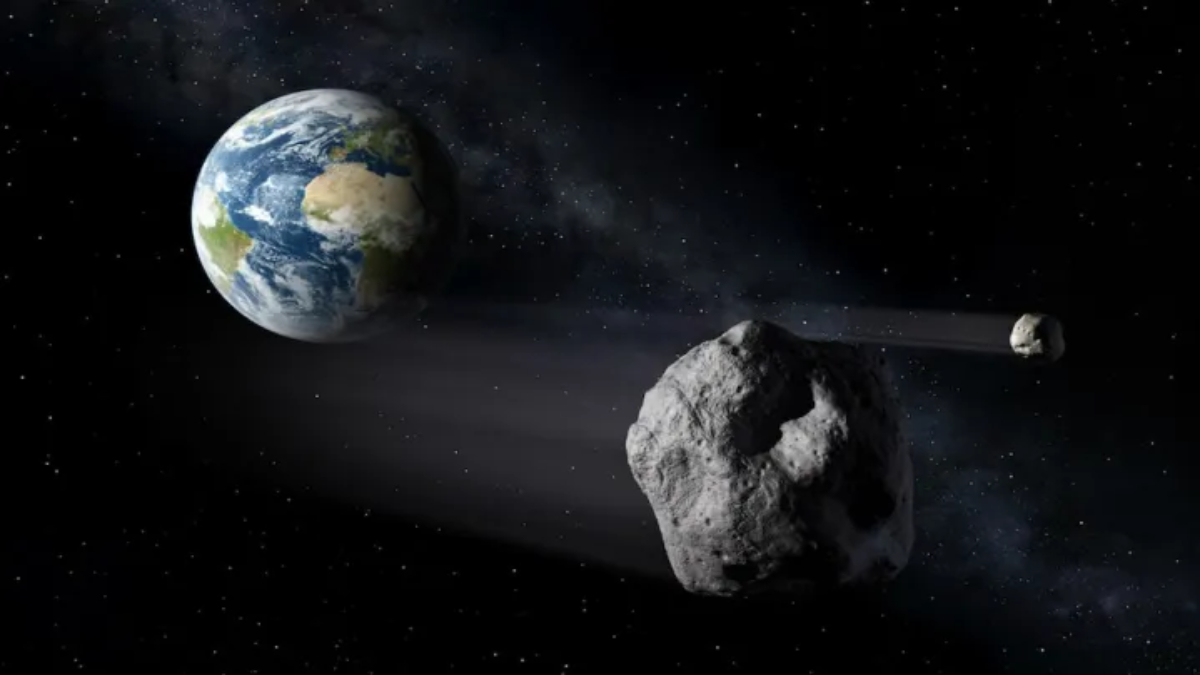While the plot of many a Hollywood blockbuster, the prospect of a colossal asteroid hurtling towards Earth is also a genuine concern for space agencies. NASA, along with its Planetary Defense Coordination Office, is tasked with planning and preparing for such an eventuality. Earlier this year, they conducted a high-stakes simulation, involving key agencies like FEMA (Federal Emergency Management Agency) and the Department of State Office of Space Affairs, to envision their response if a perilous asteroid were detected on a collision course with Earth.
In this exercise, an imagined asteroid was discovered with a daunting 72% probability of striking Earth in approximately 14 years. With this extended lead time, space agencies would have several options to attempt deflection. One such method, inspired by the DART test, involves sending a spacecraft to collide with the asteroid to alter its trajectory. In 2022, the DART mission successfully demonstrated this technique by slightly changing the course of an asteroid.
However, the simulation highlighted significant uncertainties, such as the asteroid’s size and composition, making it challenging to predict the success of any intervention. This mirrors real-world asteroid detection issues, where details like trajectory, shape, mass, and composition may not be immediately known. Additionally, tracking asteroids becomes complicated when they move behind the sun, rendering them unobservable for extended periods.
Another vital aspect of the exercise was ensuring coordinated responses from various agencies. FEMA’s role would be crucial in organizing ground responses. “Our mission is helping people before, during, and after disasters,” explained Leviticus “L.A.” Lewis, FEMA detailee to NASA’s Planetary Defense Coordination Office. FEMA’s experience in disaster preparedness and response would be pivotal in managing the aftermath of an asteroid impact, should one occur.
NASA emphasizes that there are no known asteroids currently threatening Earth. However, preparedness remains key. The earlier an asteroid is detected, the more time there is to develop and implement a response strategy. “A large asteroid impact is potentially the only natural disaster humanity has the technology to predict years in advance and take action to prevent,” noted Lindley Johnson, NASA planetary defense officer emeritus.
NASA has shared an initial summary of the exercise findings, with a more comprehensive report expected to follow. This simulation underscores the importance of continued vigilance and preparation in safeguarding our planet from potential celestial threats.


